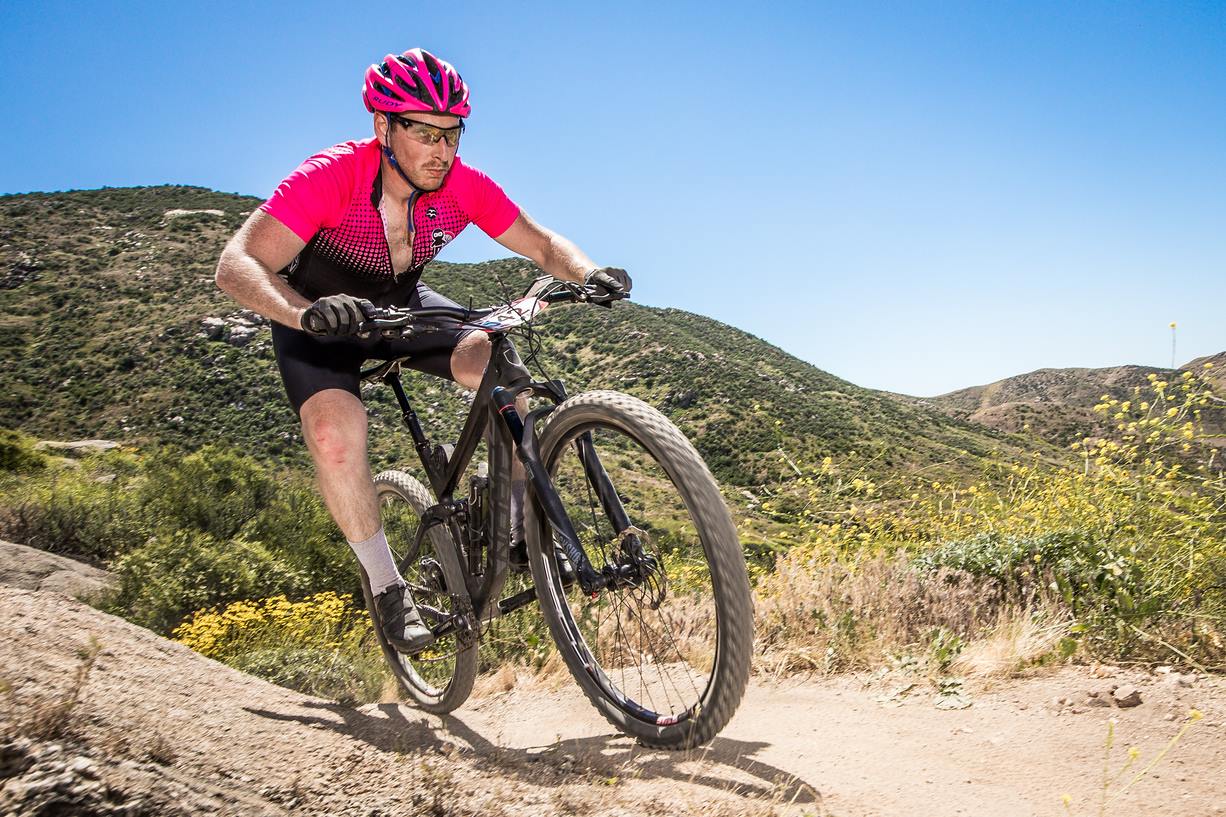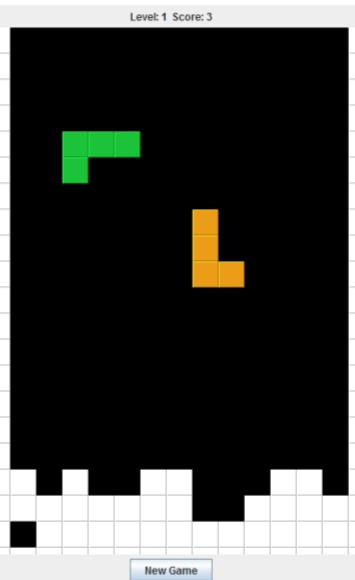Fun

Mountain Bike Racing
- 2017 Kenda Cup West Champion for cross-country mountain biking, category 3, men 25-29
- 2016 California State Champion for cross-country mountain biking, category 3, men 25-29

To date, my work has focused on the essentiality, biosynthesis and genetic encoding of glycans leveraging toolsets across biostatistics, bioinformatics, systems biology, and structural biology.
Glycans decorate proteins and cell membranes at the cell-environment interface, and modulate intercellular communication, from development to pathogenesis. Further, glycan biosynthesis and cellular behavior are co-regulating systems. My work aims to disentangle glycans' roles in multicellular interactions using newly available datasets and tools, including glycan biosynthesis models, omics datasets, and systems-level analyses. Thus, I hope to help establish standards and practices for the emerging study of big-data glycomics [Kellman & Lewis, 2020, Trends in Biochemical Sciences].
Initially, my work focused on glycan essentiality, exploring the impact of human milk on infant health. My first publication on the relation between Human Milk Oligosaccharides (HMO) and Necrotizing Enterocolitis risk was the first study to reproduce preclinical protection of human milk sugars in humans [Autran & Kellman, 2018, Gut]. We hope the work can help identify, prevent and treat this disease while creating a new precedent for HMO as a new clinical action mode. Towards enabling supplementation, I have also published a multi-omic model of HMO biosynthesis. We identified genes supporting the ten fundamental reactions by comparing gene expression to predicted flux [Kellman & Richelle, 2020, bioRxiv]. We hope that resolving these gene-protein reactions and network structure will help engineers recapitulate this elusive biosynthesis in industrial and scalable organisms to enable supplement production.
Challenged by the specificity of mechanistic models, I began to explore more abstract models of glycan metabolism. To that end, I studied glycan-substructure and metabolic tasks [Richelle, 2020, Cell Reports Methods] as proxies for glycan metabolism. First, we explored the possibility of predicting glycan metabolism from gene availability. Leveraging recent findings implicating heparan sulfate as necessary to SARS-CoV-2 infection [Clauson & Sandoval, 2020, Cell], I used glycan degradation metabolic tasks capable of digesting infection-essential heparan sulfate. We validated microbe-associated risk in vitro by blocking SARS-CoV-2 binding following treatment with select bacterial glycosidases. Additionally, risk-mitigating bacteria abundance, including Bacteroides ovatus and Bacteroides thetaiotaomicron, were depleted in high-risk populations and COVID19 patients [Martino, Kellman, Sandoval, Clausen, 2020, bioRxiv]. In other work, we use glycan structure as a proxy for glycan biosynthesis. Because highly specific glycosyltransferases construct glycans, the polysaccharide structure is a historical record of biosynthesis. Therefore, by aggregating abundance over common substructures, we accurately estimated intermediate glycan abundances from secreted glycan abundances across multiple glycan types [Bao, Kellman, 2020, Nat. Communications].
In my free time, I am an avid mountain biker and scientific advocate. I also organized the 2017 AAAS: Give Science a Voice Ride from San Diego to San Francisco. The trip involved professors, post-docs, and graduate students from UCSD and UCLA. AAAS is an organization working to connect scientists with politicians to ensure our public research infrastructure’s utilization and continuity.
Through my career, I hope to increase the accessibility of glycobiology by developing our fundamental understanding and increasing predictability for these essential but elusive molecules.
Ph.D. in Bioinformatics and Systems Biology
University of California, San Diego
B.S. in Neurobiology of Cognition, 2013
University of Rochester
B.A. in Biology, 2013
University of Rochester
Min. in Mathematics, 2013
University of Rochester
Min. in Computer Science, 2013
University of Rochester

